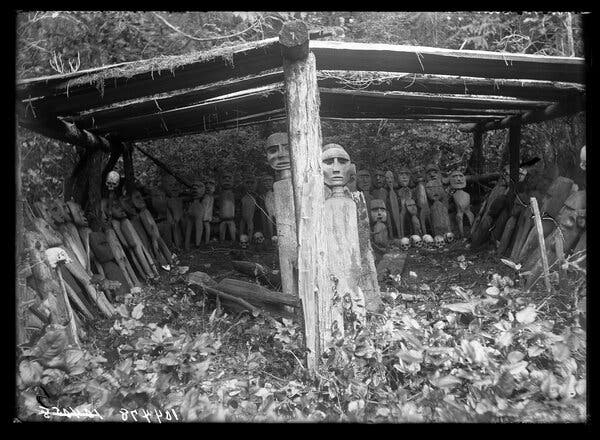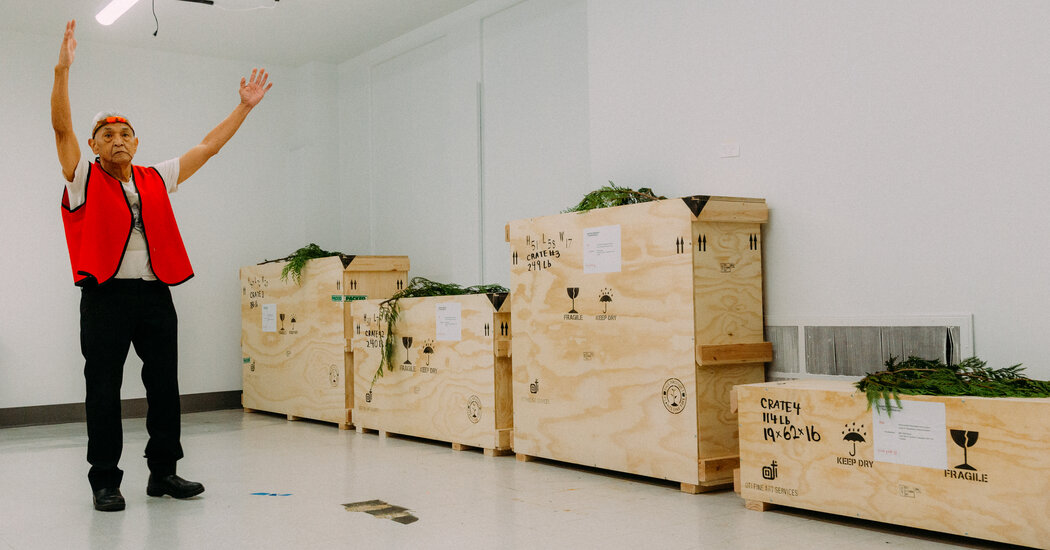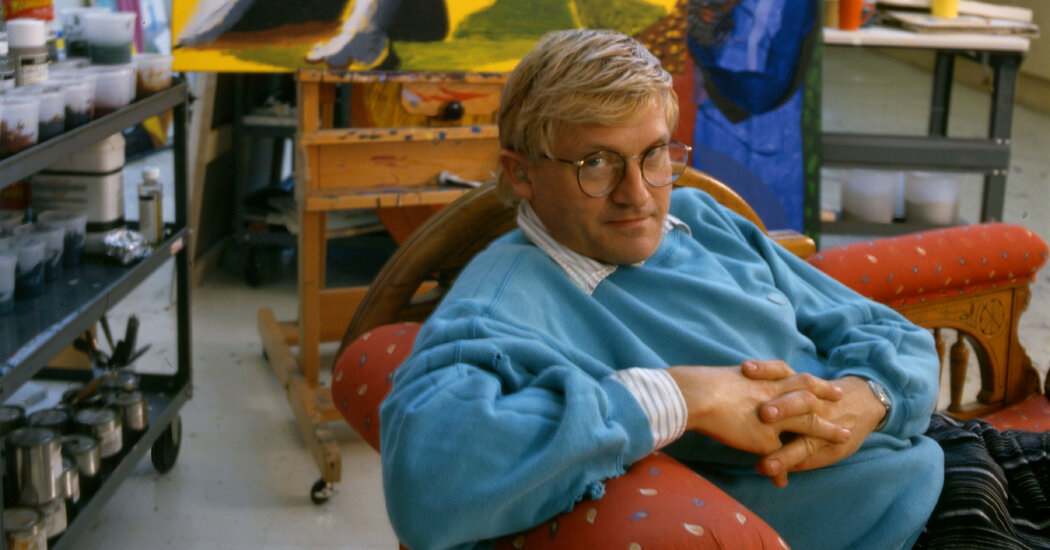The Acquisition of the Whalers’ Shrine by Franz Boas

In the early 1900s, Franz Boas, a pivotal figure in the establishment of American anthropology, found himself captivated by a remarkable shrine linked to Indigenous whaling rituals on the coast of British Columbia. This shrine was associated with the Mowachaht, an Indigenous group known for their rich cultural heritage. Boas had received a striking photograph depicting the shrine, which showcased an elaborate wooden structure perched on a small island. This structure was enveloped by a dense thicket of cedar and spruce trees and housed an astonishing collection of 88 carved wooden human figures, four carved whale figures, and 16 human skulls.
Driven by a concept known as “salvage anthropology,” Boas sought to acquire the shrine for the American Museum of Natural History in New York, where he served as a curator. This approach was rooted in the belief that collecting Native cultural artifacts was essential to preserving them from the inevitable destruction that accompanied the decline of Indigenous populations.
Even during that era, the acquisition of the shrine was fraught with controversy. A researcher named George Hunt was dispatched to Yuquot, a nearby village, with the goal of purchasing the shrine for the museum. In correspondence documented in “The Yuquot Whalers’ Shrine,” a 1999 book by Aldona Jonaitis, it was revealed that a chief initially agreed to sell the shrine for $500. However, after receiving the money, the chief reconsidered and returned it the following day, responding to objections raised by his community.
Eventually, Hunt managed to persuade two other chiefs to accept $500 in exchange for the shrine. He noted that they insisted he wait to take the shrine until a significant portion of the community had departed for the Bering Sea, where they frequently engaged in seal hunting. This agreement highlights the complex negotiations and the cultural sensitivity surrounding the acquisition of such a significant piece of Indigenous heritage.
A photograph of the Whalers’ Shrine in its original setting, a remote island off the coast of British Columbia, reveals the intricate artistry of the carved figures and the solemn presence of the 16 human skulls, emphasizing the shrine’s profound cultural significance.




